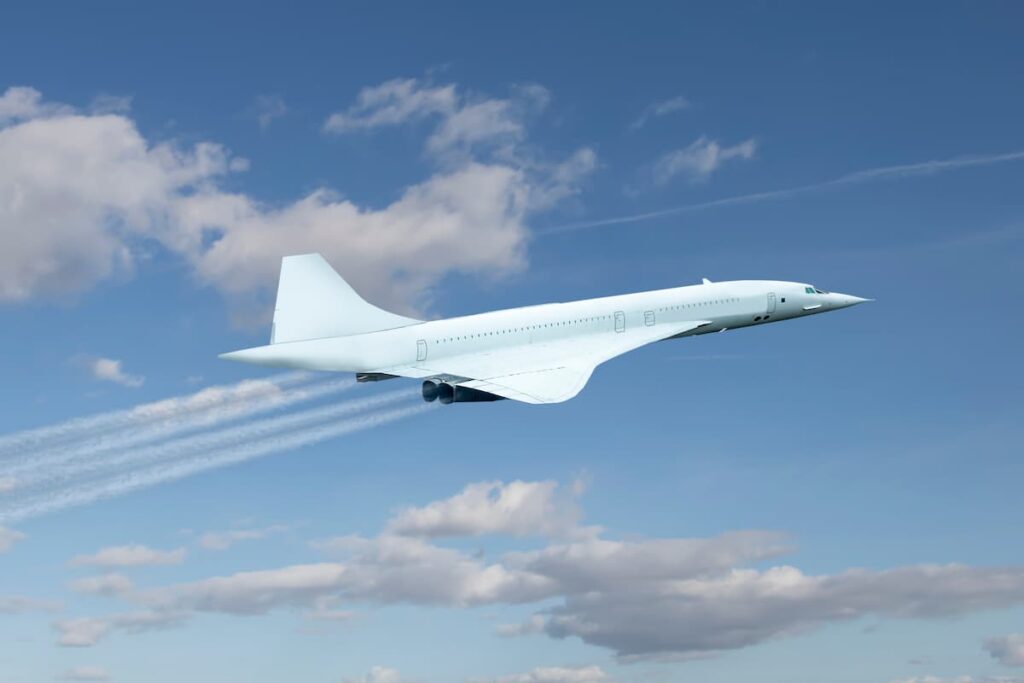Historic Policy Shift Could Revive Commercial Supersonic Travel
The United States is taking steps toward ending a decades-long ban on civilian supersonic flights over land, a rule that dates back to the era of Concorde. New legislative efforts in both chambers of Congress could soon clear the way for supersonic commercial travel across American skies.
During the Concorde’s heyday, flights exceeding Mach 1 were only permitted over oceans due to concerns about noise from sonic booms. That restriction meant the iconic aircraft, retired in 2003, had limited commercial routes. Today, with a new generation of quieter supersonic jets under development, lawmakers are considering whether to modernize those regulations and support technological innovation in aviation.
One of the most vocal advocates for the change is Boom Supersonic, a Colorado-based startup developing the Overture aircraft. Boom has made progress in test flights and hopes that opening U.S. airspace will remove a major barrier to launching its commercial operations.
Boom’s Supersonic Vision Gains Momentum
Boom Supersonic has captured public and industry attention with the XB-1, its demonstrator aircraft, which broke the sound barrier in test flights earlier this year. Unlike the Concorde, the XB-1 uses a technique called “boomless cruise” to mitigate noise, relying on atmospheric conditions to refract sound waves away from the ground. The company says this development is key to making supersonic travel over land both feasible and acceptable.
Boom plans to build its first Overture engine prototype by the end of 2025. The company is targeting a 2028 first flight and 2029 deliveries to customers, including American Airlines, Japan Airlines, and United Airlines. These companies have signed non-binding agreements for future aircraft purchases, reflecting optimism but not yet a firm financial commitment.
The Overture is designed to carry up to 80 passengers and cruise at Mach 1.7. This would reduce coast-to-coast travel times in the U.S. to just over three hours. However, its range of 4,888 miles limits longer routes, such as transpacific flights, without refueling stops.
Business Model Faces Industry Skepticism
Despite Boom’s ambitious goals, analysts remain cautious. Critics argue that the supersonic business model runs counter to the prevailing trend in aviation, which favors fuel efficiency over speed. The Overture is expected to burn two to seven times more fuel per premium seat than modern subsonic aircraft such as the Boeing 787 or Airbus A350.
That inefficiency will translate into higher fares, what researchers have labeled a “supersonic premium.” A study from Worms University of Applied Sciences estimated that fares would need to be about 38% higher than current business class prices to be profitable. For a New York to London flight, this could mean ticket prices approaching $5,000 one-way.
Boom’s founder and CEO, Blake Scholl, believes the market can absorb those prices. He compares the Overture to a Model S in the electric vehicle market — not yet for everyone, but attractive to a significant and affluent segment. However, in an era of improved digital communication, where many business meetings happen via video call, the value of saving a few hours remains a subject of debate.
Financial and Regulatory Obstacles Remain
Beyond customer willingness to pay, Boom faces steep financial and regulatory hurdles. Industry experts estimate the company needs between $12 and $15 billion to bring the Overture to market, yet Boom has only raised about $800 million so far. Scholl disputes that figure, suggesting the total needed is under $2 billion thanks to cost-saving efficiencies within Boom’s vertically integrated production model.
The Federal Aviation Administration’s certification process is another challenge. Since the Boeing 737 MAX crisis, regulatory scrutiny has intensified, making timelines less predictable. Boom hopes to complete testing and certification in roughly one year, but similar aircraft have typically required 18 months or more.
Whether Boom can meet these aggressive targets remains uncertain. Nonetheless, supporters argue that revising U.S. airspace policy could provide the clarity and momentum needed to unlock the next chapter of commercial supersonic travel. As Congress considers lifting the overland flight ban, the future of aviation may depend as much on legislative decisions as on engineering breakthroughs.


